Reverence Brewed: History and Spirit of Japanese Tea Ceremony

Introduction
In the soft light of dawn, fragrant spring flowers fill the air with their intoxicating aroma. Songbirds happily sing as they bask in the sun rays shining through the maple leaves, and a Japanese tea house whispers centuries of tradition. This is more than a space—it’s a living meditation where each careful movement of the tea ceremony hints at a philosophy deeper than the emerald liquid in the ceramic bowl. For over 800 years, the Japanese Way of Tea has been a spiritual practice that transforms a simple act of brewing into a profound ritual of harmony, respect, and inner peace, and it’s been cherished and loved by many souls from around the world.
In the last few years, even some of my friends began taking Japanese tea ceremony workshops and practicing the way of tea almost daily. Recently, my closest friend asked me to create calligraphy of the four tea virtues—and I was a bit embarrassed. My knowledge of tea ceremonies was pretty superficial despite me being a Japanese person: just vague images of kimono-clad ladies in tiny rooms with tiny entrances, whisking matcha (with no cream or sugar!!!). This moment became my inspiration for exploration to uncover this profound tradition that had quietly existed alongside my own heritage and through the history of Japan. It is actually quite impressive that this tradition has been preserved and revered even through Japan’s sometimes confusing and chaotic history to this day. It is definitely a way that any human, Japanese or not, can connect back to that timeless spirit of tea, nature, harmony and peace. So let’s get rambling to discover the history of Japanese tea ceremonies.
From China to Japan: The First Tea Journeys
The world’s oldest record of tea comes from ancient China back in 2700 BC. Back then tea was consumed as medicine rather than beverage. It is believed that the first tea shrub/plant was discovered in the South West area of China recorded during the Tang Dynasty.
Cultural Exchange and Tea’s Introduction to Japan
Japanese Buddhist monks, serving as envoys to China, played a crucial role in tea’s transmission. According to Nihon Koki, the third Japanese history book completed around 840 CE, these monks returned with tea souvenirs—brown, round tea balls that would plant the seeds of Japan’s future tea tradition.
The Kamakura Period: Roots of Tea Cultivation
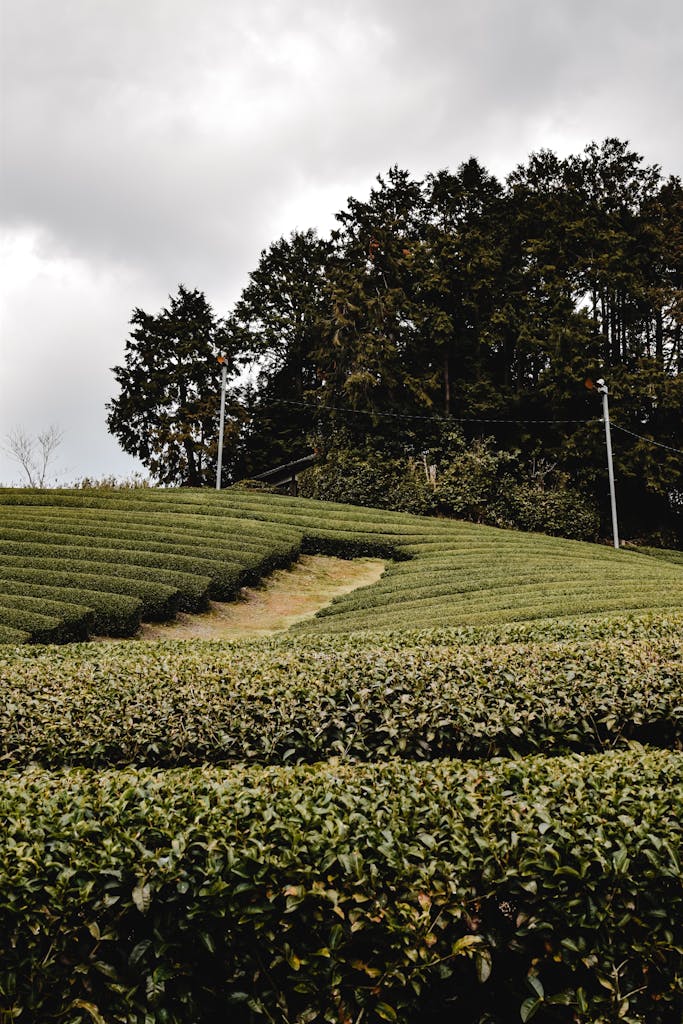
While these early tea exchanges marked Japan’s first taste of tea culture, it was during the Kamakura Period that tea would truly take root in Japanese soil. A century-long pause in communication between Japan and China ended with the establishment of China’s Song Dynasty. In 1191, zen monk Eisai brought tea plant seeds to Japan, gifting them to monk Myōe. Planted in Kyoto, these seeds flourished, spreading tea cultivation across various Japanese regions. During this period, tea was valued not just as a beverage but as an effective medicine.
Tea Becomes Popular Among Warrior Class
As tea cultivation flourished across Japan, its cultural significance began to shift. When the Kamakura Shogunate fell and the Muromachi Period began around the 1300s, tea culture underwent a dramatic shift. The warrior class embraced tea, but not with the spiritual reverence it would later develop. Instead, their “tea parties” became elaborate affairs featuring sake and gambling, where the essence of tea was secondary to social posturing.
Zen Monks Bring Back the Spirit of Tea
However, this period of extravagant tea parties couldn’t last. With the economy failing and the warrior class’s excesses becoming increasingly apparent, tea culture in Japan reached a critical turning point. It was then that Shukō Murata, a zen monk who would dramatically reshape the tea tradition, emerged. Opposing the gambling and drinking prevalent in warrior gatherings, Shukō and his fellow monks advocated for a simpler, more spiritually inspired approach to tea ceremonies.
Shukō created the origin of Japanese tea ceremony called Wabi Cha( わび茶). Wabi might sound familiar to you as it’s part of the Japanese concept Wabi-Sabi meaning simple and unadorned things can hold profound beauty and tranquility(wabi), and usually these simple things get better and deeper as they age(sabi). often served tea in a very small room made with leaves and twigs from the surrounding environment called sōan (草庵) emphasizing humility and connection with the natural environment.
The Birth of the Japanese Way of Tea
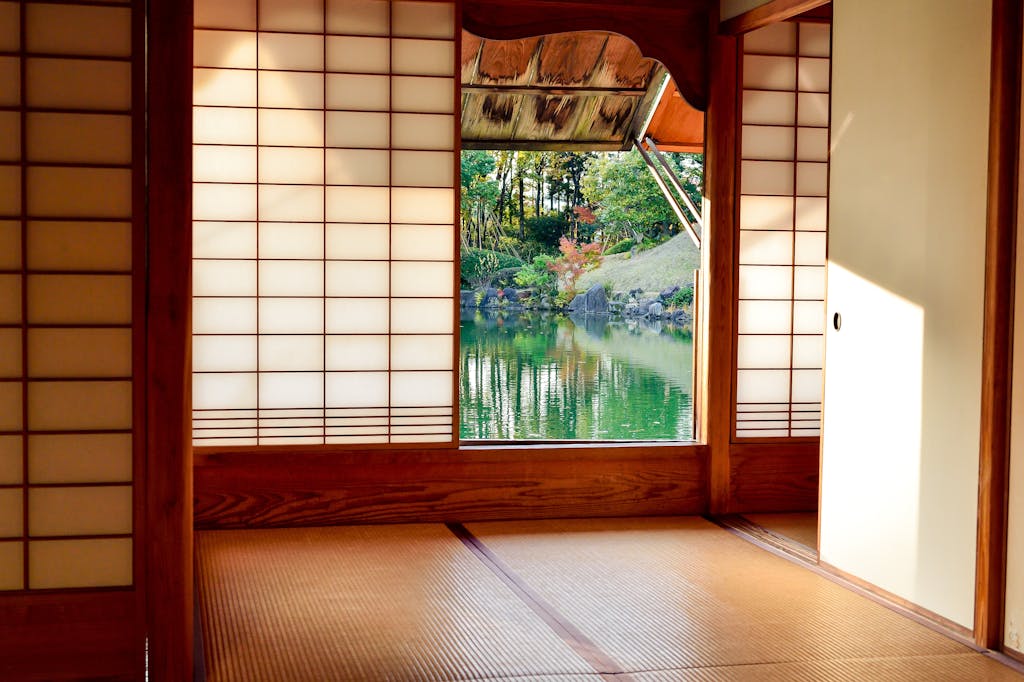
During the tumultuous Sengoku period of constant feudal civil wars, the origin and the spirit of wabi cha was carefully preserved by dedicated practitioners. Sen no Rikyu emerged as the most prominent figure, completing and solidifying the world of Cha no Yu, or the Way of Tea. Serving prominent feudal lords Oda Nobunaga and Toyotomi Hideyoshi as their tea master, Rikyu refined the practice to its highest form during his lifetime. After the fall of Hideyoshi, the Tokugawa family’s rise marked the beginning of the Edo period—a stable era lasting nearly 300 years that allowed cultural practices like tea ceremony to flourish.
During this time, the practice of tea became known as Sadō or Chadō, the terms still used today. Three major schools of tea emerged—the san senke—all directly descended from Rikyu through his sons, grandsons, and mentees, dedicated to preserving his teachings.
The Philosophical Foundations
Rikyu’s philosophy transformed tea from a mere pleasant beverage into a profound spiritual practice. He saw Wabi (do you remember from the Japanese concept of Wabi-Sabi?), as a powerful life force present in small beings beneath seemingly quiet and uneventful moments. For example, the life force of a tiny seed enduring the long winter, preparing to sprout through a crack of melting snow. I personally love Rikyu’s concept of wabi even more than the modern common definition as “simple and unadorned things/beings”. His approach emphasized humility, respect for nature, and the miraculous in the mundane. This perspective became the cornerstone of the Japanese Way of Tea, elevating a simple ritual into a deeply meditative and philosophical experience.
Four Virtues of Tea (四規)
Rikyu distilled the essence of tea ceremony into four profound virtues:
和 (Wa)—Harmony
Creating harmony within oneself and with each other among all who participate; this includes harmony with all life in Nature.
敬 (Kei)—Respect
Acknowledging interconnectedness to each other, Nature, tea, even tools for the ceremony and everything that we can observe as no one lives without the network of support.
清 (Sei)—Purity
Maintaining purity of mind, heart and body within oneself mirroring purity of water, tea and Nature. Always striving to purify one’s thoughts, words and actions.
寂 (Jaku)—Quiescence
Cultivating an inner peace and centered, prepared mind. This readiness and preparedness of mind transpire as a quietude of one’s awareness.
Seven Tenets of Tea (利休七則)
Rikyu’s guidelines for practicing Sadō:
1. 茶は服のよきように点て
Brew tea with meticulous care
It is in the simple acts such as brewing tea that one can truly give full attention and care. Strive to be precise, utilizing one’s skill to the fullest and giving great care.
2. 炭すみは湯の沸わくように置き
Arrange firewood that boils tea water thoughtfully
Firewood to boil tea water, just like any elements and beings in Nature, has spirit. This is not a mechanical instruction of how to make a fire, but rather an invitation to observe the shape of wood, how to arrange it so that air flows through, and the timing to light the wood on fire for the exact time of serving tea to one’s guests.
3. 花は野にあるように
Place flowers as they would thrive in the wild
Appreciating and respecting how flowers in the wild thrive beautifully, rather than trying to fit Nature into a vase, consider what care and environment are needed to invite a bit of Nature to a space where one serves tea.
4. 夏は涼しく、冬は暖かに
Adapt to seasonal variations
With great respect for the different seasons, adapt the tea ceremony so that the cycle of Nature can be felt and appreciated. For example, having an early morning tea ceremony for summer to enjoy the coolness and quietude, and light extra fire in the tea room with warm treats for winter.
5. 刻限は早めに
Prepare early without haste
This is to prepare in advance and to create much yutori (an ample space for one’s heart). Hasting creates agitation and chaos. It is important to give oneself much time and space for preparation so that the four virtues of tea are already starting to be present even hours or days before one’s tea ceremony. This also includes respecting one’s and the guests’ time. Prepare early and omit any waste.
6. 降らずとも雨の用意
Remain ready for unexpected events
This relates to the 5th tenet as it is about readiness and centeredness of one’s mind, body and spirit. With a ready and clear mind, one will act accordingly to any situation or events arising without creating a disturbance to the space of the tea ceremony.
7. 相客に心せよ
Serve all guests with genuine heart
Once any guest enters a tea room, he or she is to be served with the utmost care and respect. This cannot be done without having an authentic and genuine heart.
Brewing It All Together…
The Japanese Way of Tea is a profound philosophy of universal connection. Through centuries of cultural evolution, from zen monks to feudal lords to modern tea ceremonies, tea has been woven through the fabric of Japanese history. This woven fabric reveals itself as a testament to the deep appreciation of REVERENCE in my culture: reverence for each other, for the subtle moments of life, and for all life in Nature. Sen no Rikyu’s teachings of harmony, respect, purity, and tranquility offer more than historical insight—they provide a timeless blueprint for mindful living. Whether you’re a tea enthusiast or simply curious about Japanese culture, the Way of Tea invites us to pause, breathe, and recognize the extraordinary within the ordinary.
Would you accept this invitation? Was there any inspiration from this post? Any new interests for other topics? Please leave a comment below. I would love to hear from you! And those of you who want to get more Japanese rambles and gems like this from me, sign up to my newsletter Nori Letters from Homepage. It was wonderful rambling with you and I will catch you in another rambling adventure. ではみなさんお元気で。Take care friends!

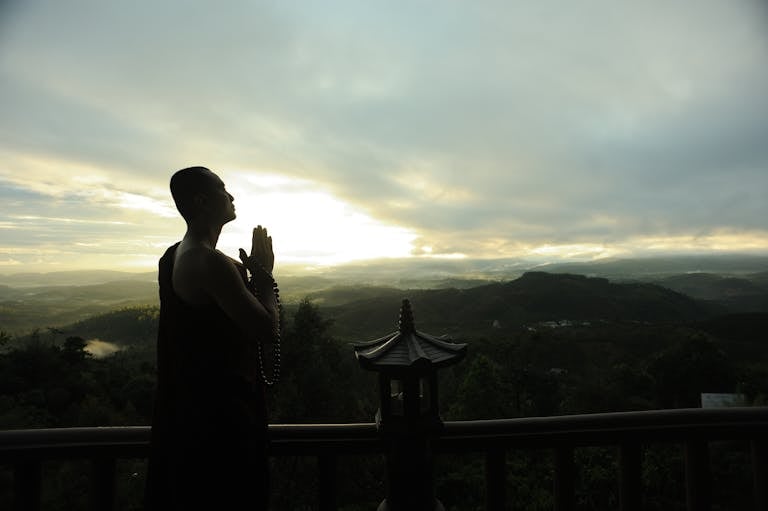
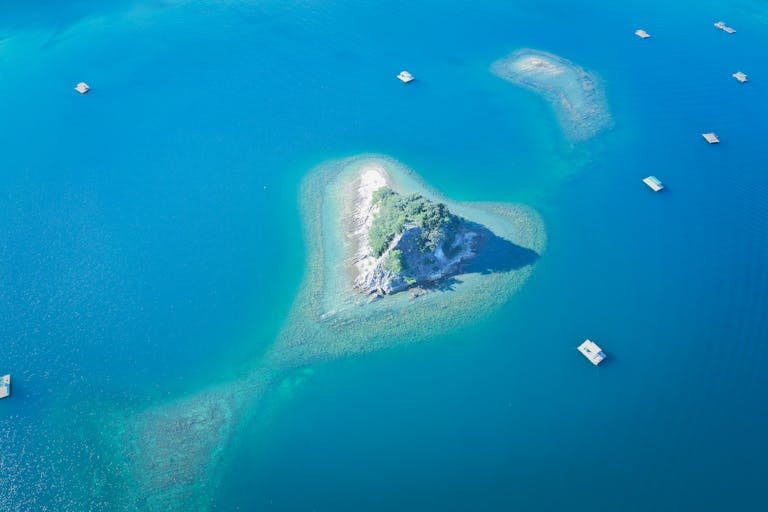

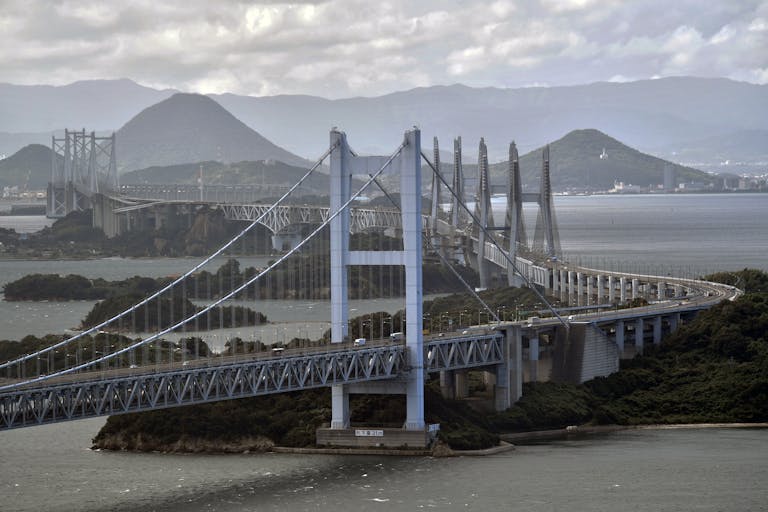

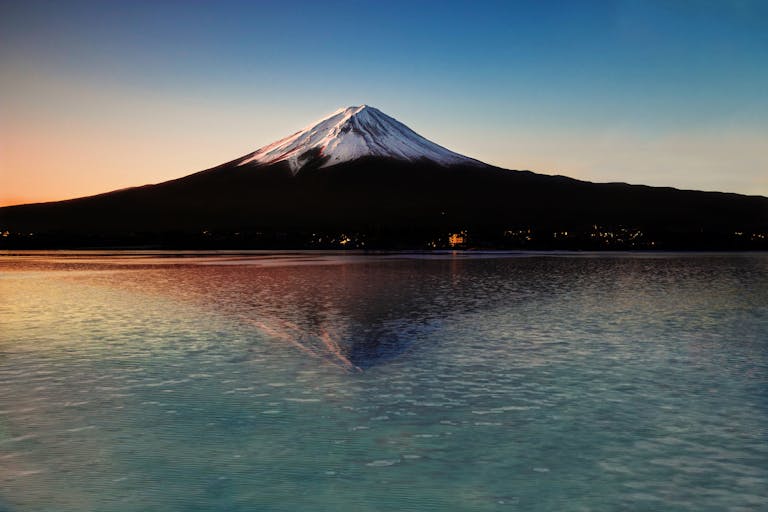
One Comment